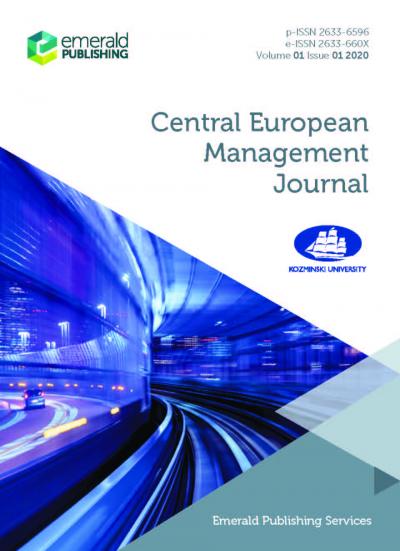Service Management as a Subdiscipline of Management Science
Arkadiusz Rokicki
Kozminski University
Bogdan Nogalski
The WSB University in Gdańsk

10/2021 29 (3) Central European Management Journal
DOI 10.7206/cemj.2658-0845.57








